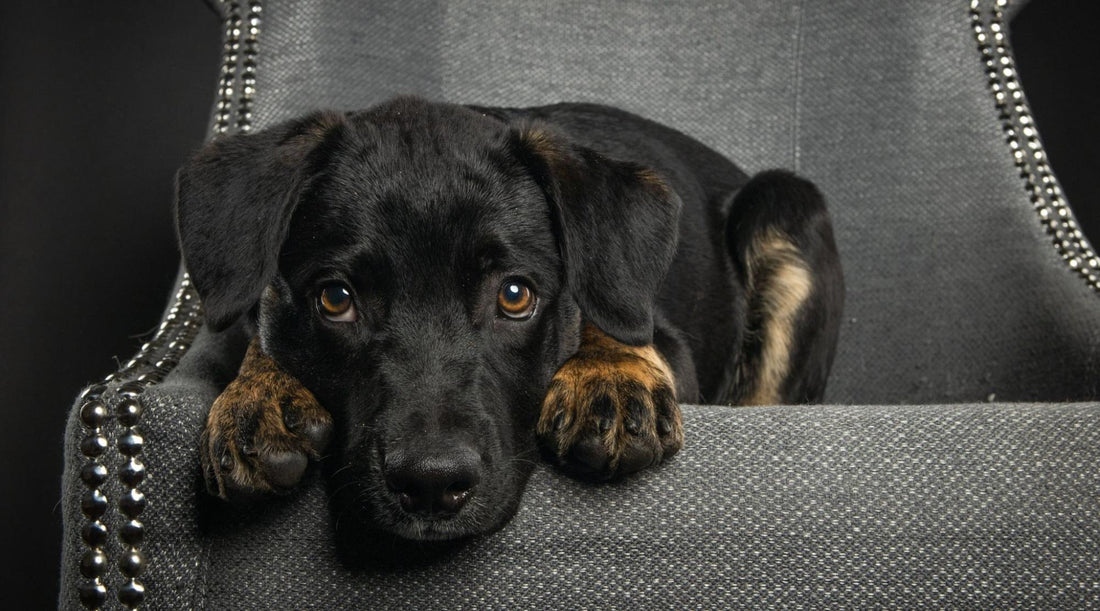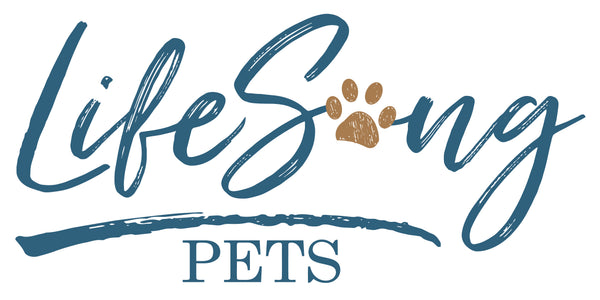
Soothe Your Pup: How to Deal With Separation Anxiety in Dogs
LifeSong StaffFor many dog owners, witnessing their furry friend struggle with separation anxiety can be heart-wrenching. The distress they exhibit when left alone can be a challenge, but there are various techniques and methods to help alleviate their anxiety. This guide aims to provide comprehensive tips and tricks to ease separation anxiety in dogs, helping pet parents navigate this common yet often misunderstood issue.
Understanding Separation Anxiety in Dogs
Separation anxiety in dogs is more than just a little whining or the occasional mischievous behavior. It's a genuine state of distress when they're separated from their owners or from their comfort zone. Symptoms can range from excessive barking, destructive chewing, pacing, and even self-harm. Understanding that this behavior is due to anxiety and not intentional misbehavior is crucial for effectively addressing it.
Establish a Routine
Dogs thrive on routine and predictability. Creating a consistent schedule for your dog, including regular feeding times, walks, and play sessions, can provide a sense of security. This familiarity helps reduce their stress levels when facing separation.
Gradual Separation Training
Teaching your dog that being alone is not a scary experience is pivotal. Start with short separations and gradually increase the time apart. Leave the house for a few minutes and then return, gradually extending the duration over time. This method helps your dog learn that you'll always come back, easing their anxiety.
Create a Safe Space
Designate a comfortable and safe area for your dog to retreat to when you're not around. This space could be a cozy corner with their bed, toys, and an item that carries your scent, like an old shirt. This creates a reassuring environment that your dog can associate with positive feelings even in your absence.
Use Calming Aids For Dogs
Various calming aids, such as pheromone diffusers, calming music, or specific dog-appeasing pheromone (DAP) collars, can assist in reducing anxiety. These aids can create a soothing atmosphere and help offer dogs anxiety relief in your absence.
Exercise and Mental Stimulation
A tired dog is often a content dog. Ensuring your furry companion gets enough physical exercise and mental stimulation can significantly reduce anxiety levels. Long walks, interactive toys, and puzzle feeders are great ways to keep your dog engaged and tire them out before you leave.
Seek Professional Help or Separation Anxiety Training For Dogs
In severe cases, seeking the guidance of a professional dog behaviorist or a certified dog trainer is crucial. They can offer tailored advice and training techniques to address your dog's specific needs, ensuring a more effective and personalized approach.
Do Not Reinforce Anxious Behavior
As difficult as it may be, try not to make a big deal out of arrivals and departures. Stay calm and composed when leaving or returning home. Reinforcing overly excited behavior can inadvertently strengthen their anxiety.
Desensitization Techniques
Gradual exposure to departure cues, such as picking up keys or putting on your coat, without actually leaving can desensitize your dog to these triggers. Over time, they'll stop associating these cues with your absence, reducing their stress response.
Conclusion
Separation anxiety in dogs is a challenging issue that requires patience, understanding, and consistent effort. By implementing these tips and tricks, dog owners can make substantial strides in easing their pup's distress when separated. Every dog is different, so it may take some trial and error to find the most effective strategies. Remember, a little empathy and a lot of love go a long way in helping your furry companion overcome separation anxiety.Remember, your dog’s well-being is of utmost importance. By implementing these strategies and techniques, you can make significant strides in helping your beloved furry friend feel more at ease when you're not around. Hopefully, you’ve enjoyed our dog anxiety solutions. If you have any more ideas, please leave them in the comments!
